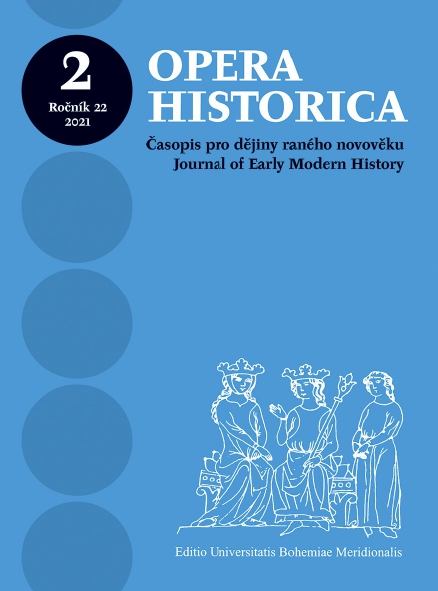„La difesa del ciel vince ogni sforza“ Symbolical Presentation of the Habsburgs’ Dynastic Situation in the Operas Il fuoco eterno custodito dalle Vestali (1674) and Costanza e Fortezza (1723)
„La difesa del ciel vince ogni sforza“ Symbolical Presentation of the Habsburgs’ Dynastic Situation in the Operas Il fuoco eterno custodito dalle Vestali (1674) and Costanza e Fortezza (1723)
Author(s): Irena VeseláSubject(s): Theatre, Dance, Performing Arts, Cultural history, Music, Architecture, Visual Arts, 17th Century, 18th Century
Published by: Jihočeská univerzita v Českých Budějovicích
Keywords: Nicolò Minato; Pietro Pariati; Leopold I; Charles; VI; opera in 17th and 18th century; festa teatrale
Summary/Abstract: The subject of this study is a comparison of the symbolic messages of two festive court musical dramatic works. The first of these was performed in 1674 at the wedding of the Habsburg emperor Leopold I and his second wife Claudia Felicitas of Tyrol, and the second in 1723 at the Bohemian coronation of his son, Emperor Charles VI. The reason for the comparison of these two operas is the fact that both originated in times of an absence of male successors, when there was a real danger of the extinction of the Habsburg dynasty in the male line. The author believes that because of this fact, the two rulers abandoned the demonstration of strength and power and deliberately did not depict themselves on a symbolic level as gods of antiquity (Jupiter or Apollo) or as absolute rulers of the ancient Roman empire. On the contrary, the plot takes place in both operas in the period of the ancient Roman republic, which its citizens protect from enemy invasion. However, they can do this only through the intervention of the gods and the practice of virtues, not by force. The third common feature of both works is the rejection of offers of politically-motivated marriages between the Romans and enemy dynasties to maintain and protect the Roman state. Despite these common dynastic-political messages in both operas, each of the two monarchs presents a different solution to the unfavourable situation at a symbolic level: while Leopold I declares hope for the early arrival of male offspring, Charles VI, on the other hand, defends the Pragmatic Sanction.
Journal: Opera Historica
- Issue Year: 23/2022
- Issue No: 2
- Page Range: 227-252
- Page Count: 26
- Language: English

